Bolivar, West Virginia
Introduction
Text-to-speech Audio
Images
Bolivar is known for being the infamous location of the Battle of Bolivar Heights during the Civil War. The battle would become one of the bloodiest of the war, displacing over 12,000 Union and Confederate soldiers.
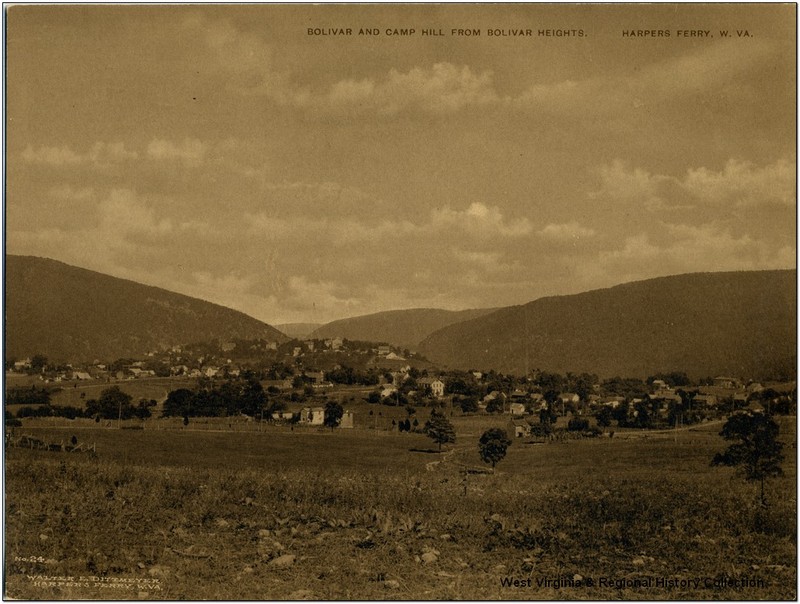
A group of Civil War soldiers gathers at Bolivar Heights.
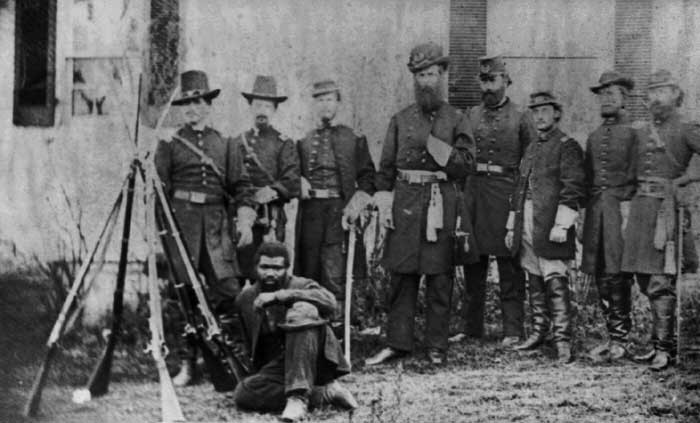
Robert Harper, founder of the ferry company that traversed the Potomac and Shenandoah Rivers, chose to build his house in modern Bolivar. The house still stands today.
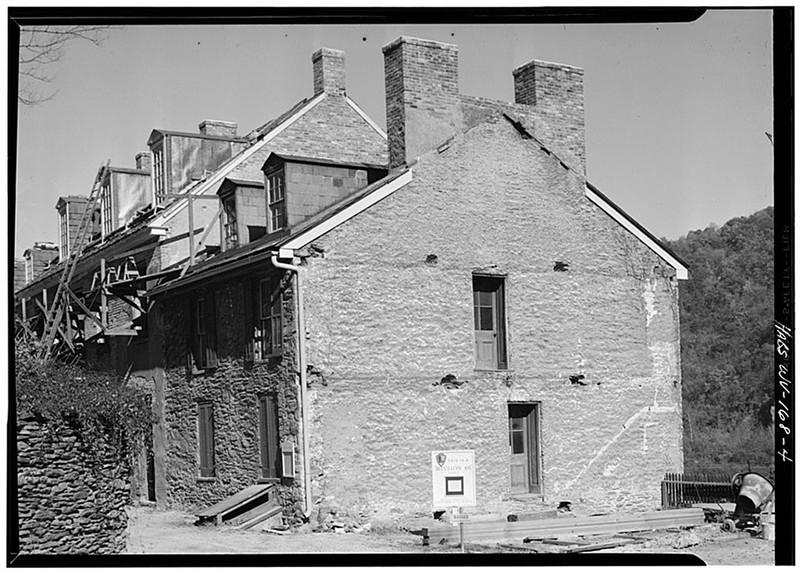
Simon Bolivar, the namesake of this West Virginia town, was the renowned freedom fighter for Latin America. Through his leadership, several of the South and Central American countries were able to break from Spain's oppressive rule.
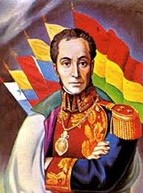
Bolivar is known for being the infamous location of the Battle of Bolivar Heights during the Civil War. The battle would become one of the bloodiest of the war, displacing over 12,000 Union and Confederate soldiers.

A group of Civil War soldiers gathers at Bolivar Heights.

Robert Harper, founder of the ferry company that traversed the Potomac and Shenandoah Rivers, chose to build his house in modern Bolivar. The house still stands today.

Simon Bolivar, the namesake of this West Virginia town, was the renowned freedom fighter for Latin America. Through his leadership, several of the South and Central American countries were able to break from Spain's oppressive rule.

The entrance of Bolivar Community Park, a common gathering place for the town.
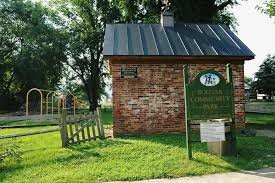
An inscription reads, “Simon Bolivar (1783-1830) Liberator of Venezuela, Columbia, Equador, Peru, Panama, and founder of Bolivia. Presented by the President of Venezuela, to Bolivar West Virginia.”
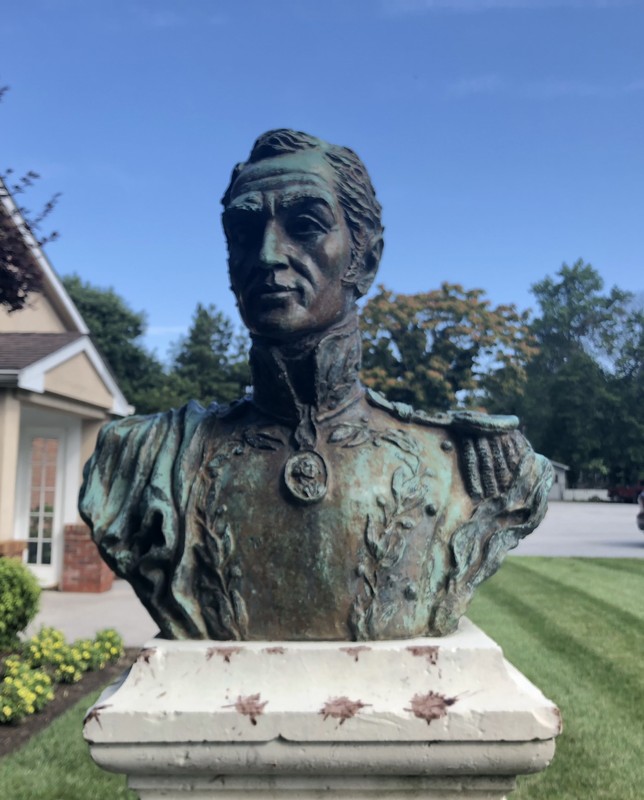
Backstory and Context
Text-to-speech Audio
Bolivar was not always known for its military participation. Before achieving the status of a municipality, the region was most strictly a home to Robert Harper's descendants. Because there was such a stark divide between the territories of modern Bolivar and that of Harper's Ferry, the town's informal name of Mudfort came from the children who threw piles of mud at the neighboring children who were trying to hike Bolivar Heights and reach the neighboring town's limits.
By 1825, however, Mudfort would be done away with and replaced by Bolivar. After their request had been accepted by the Virginia Assembly, the residents of the area chose to name their town after Simon Bolivar, one of the foremost leading freedom fighters of Hispanic America as they rebelled against the oppressive rule of the Spanish. Simon Jose de la Santisima Bolivar y Palacios Ponte y Blanco was a Venezuelan military and political leader. Upon becoming aware of the oppression of his own people under the Spanish, Bolivar decided to dedicate his life to liberating the Americas from Spanish colonization. In addition to his aid for liberation, he also introduced the foundations for democratic ideology in these areas.
The town of Bolivar's namesake would only grow in significance as the nineteenth and twentieth centuries progressed. During the Civil War, Bolivar was known for holding a distinct divide between Union and Confederate sympathizers. In addition to holding the Battle of Bolivar Heights, displacing thousands of Union soldiers, Bolivar served as a critical local supporter for the Union. Not only did they enlist voluntarily and speedily, they provided resources, such as bandages, for soldiers already in combat. Akin to Simon Bolivar's liberation ideology, the town is also known for readily accepting former slaves and freedmen into the area. Bolivar was one of the few municipalities that allowed African Americans the right to vote even during the late nineteenth century.
Bolivar is a town that carries an intrinsic and deep national pride. Although inactivity from the lack of recent wars has stalled their economy, the town is still remembered for its critical contribution to the United States military aid - through programs such as the Red Cross, along with enlisting troops - as well as its hybrid, modern approach to civil and human rights, allowing African American freedmen the right to be more equal members of society than ever before the late nineteenth century.
Sources
Bushong, Millard Kessler. A History of Jefferson County, West Virginia. Bowie, MD: Heritage Books, Inc., 2002.
"The Name." Bolivar, WV. Accessed October 25, 2017. http://www.bolivarwv.org/.
